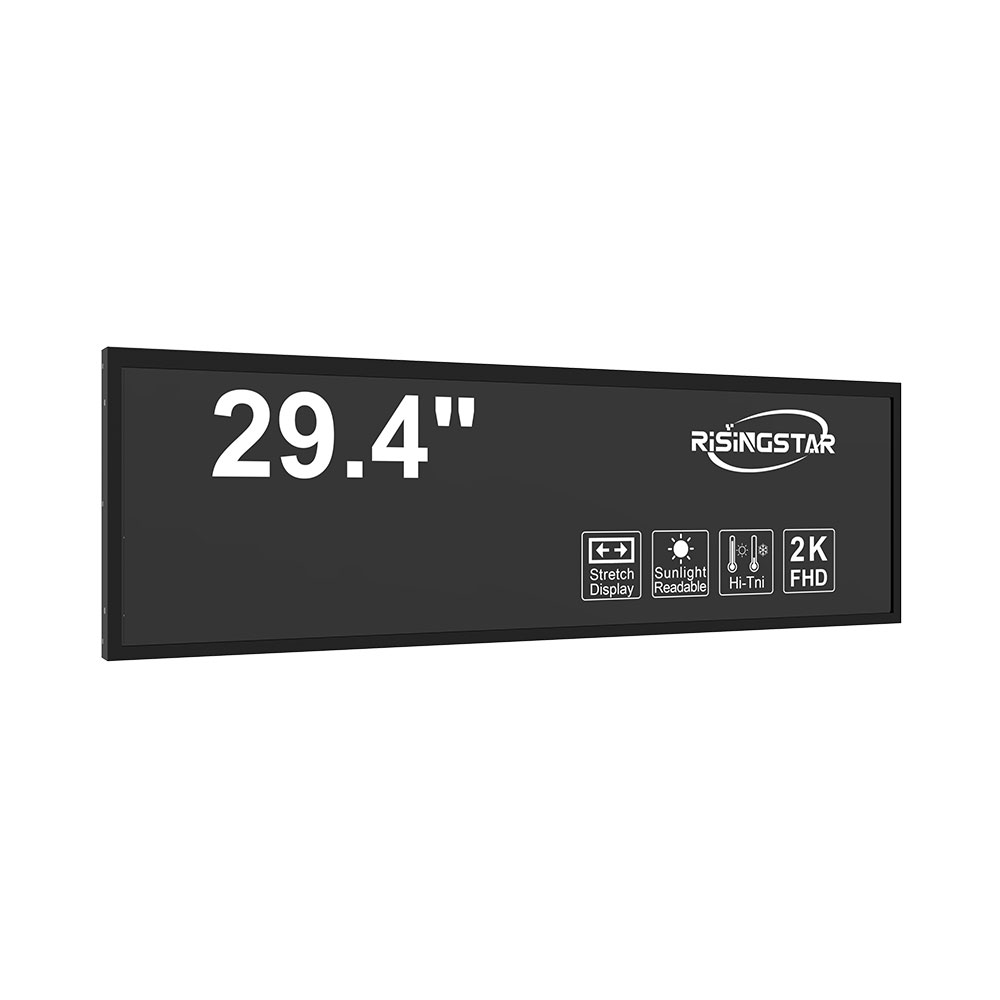
Privacy statement: Your privacy is very important to Us. Our company promises not to disclose your personal information to any external company without your explicit permission.
When selecting an outdoor LCD screen for commercial, industrial, or public use, engineers and procurement managers must prioritize visibility under variable lighting conditions, long-term durability against environmental stressors, and energy efficiency. According to the International Electrotechnical Commission (IEC) standard IEC 60068-2-14, outdoor displays must withstand temperature extremes ranging from -30°C to +70°C without performance degradation. In practice, this means choosing screens with high brightness levels—typically 5,000 to 10,000 nits—to ensure legibility in direct sunlight, as recommended by the Society of Information Display (SID).
For instance, a retail chain installing digital signage in urban environments reported a 30% increase in customer engagement when upgrading from indoor-grade 1,000-nit panels to 7,000-nit outdoor-rated models, per a 2023 case study by LG Electronics. The increased brightness, combined with anti-glare coatings and sealed enclosures rated IP65 or higher, prevents moisture ingress and dust accumulation—a critical factor in coastal or desert regions.
Additionally, thermal management is essential. Industry data from Samsung Display shows that screens operating above 60°C for extended periods experience accelerated pixel degradation. Therefore, designs incorporating passive cooling (heat sinks), active ventilation (fans), or phase-change materials are increasingly adopted in new outdoor LCD models.

Power consumption is another key metric. A 2022 report by the U.S. Department of Energy found that LED-backlit outdoor LCDs consume up to 40% less energy than older CCFL-backlit models while maintaining superior contrast ratios. This makes them ideal for solar-powered installations in remote locations such as highway rest areas or smart city kiosks.

Finally, consider future-proofing: support for HDR (High Dynamic Range) and adaptive brightness control based on ambient light sensors can significantly extend lifespan and reduce eye strain for viewers. These features align with ISO 9241-31 standards for human-centric display design.
In summary, a well-engineered outdoor LCD screen balances luminance, ruggedness, thermal resilience, and energy efficiency—factors validated through real-world deployments and international testing protocols.
Email to this supplier

Privacy statement: Your privacy is very important to Us. Our company promises not to disclose your personal information to any external company without your explicit permission.